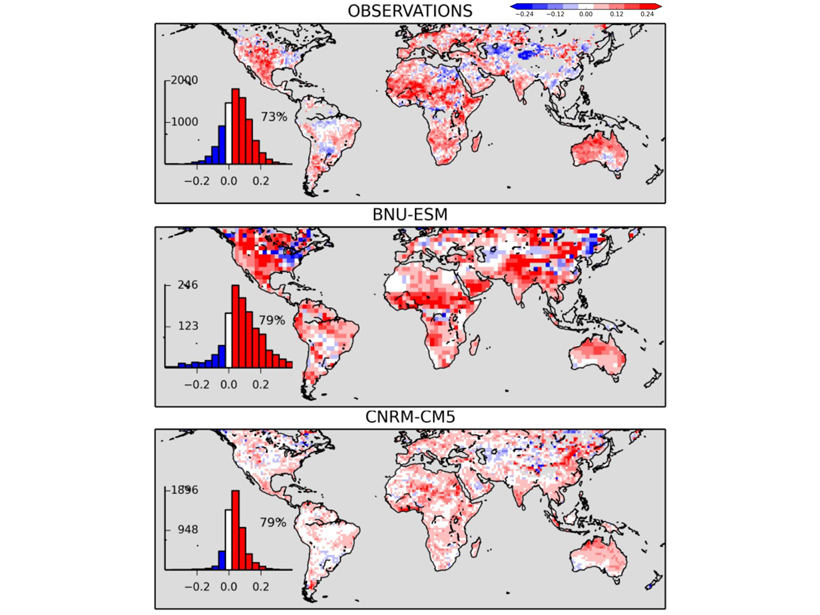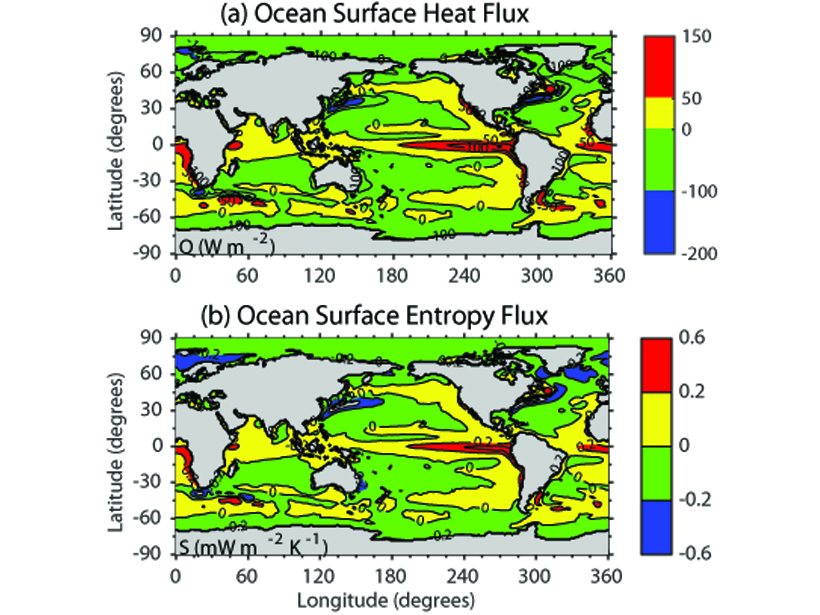Do climate models truthfully mimic how drying soil affects land-surface budget partition?
Energy
Modeling River Boulders to Improve Hydropower Sustainability
Large stones in streams provide crucial habitat for fish. Modeling the boulders and streamflow offers fresh insights into how water engineering projects alter aquatic habitats.
A Comprehensive Estimate on the Entropy Budget in the Ocean
An analysis of the energy budget in the ocean estimates the Carnot work to be 110 terawatts and the ocean’s Carnot efficiency to be 0.86%.
Administration Plan Would Cut USGS Budget by More Than 20%
The plan emphasizes priorities such as energy and mineral independence and security. However, the sharp funding drop means that the agency won’t be able to support its full scientific portfolio.
New Online Tool Teaches Students About the Energy-Water Nexus
Students use real data sets to explore how population changes, power generation, and water-saving strategies affect surface and groundwater use.
White House R&D Priorities Differ from Its Budget Requests
The administration’s top R&D priority areas are American military superiority, security, prosperity, energy dominance, and health.
Offshore Wind Turbines Can’t Yet Withstand Category 5 Hurricanes
A new study suggests that more robust turbine design is needed to weather high winds.
A New Data Set to Keep a Sharper Eye on Land-Air Exchanges
FLUXNET2015, the latest update of the longest global record of ecosystem carbon, water, and energy fluxes, features improved data quality, new data products, and more open data sharing policies.
White House Issues Sweeping Executive Order on Energy, Climate
Supporters praised the order, but environmental groups said it ignores climate threats, puts public health at risk, and undermines the economy.
Deep Ocean Layers Continue to Heat Up
Researchers look at more than 3 decades of temperature trends in the deep ocean to understand the layers' energy budgets.









